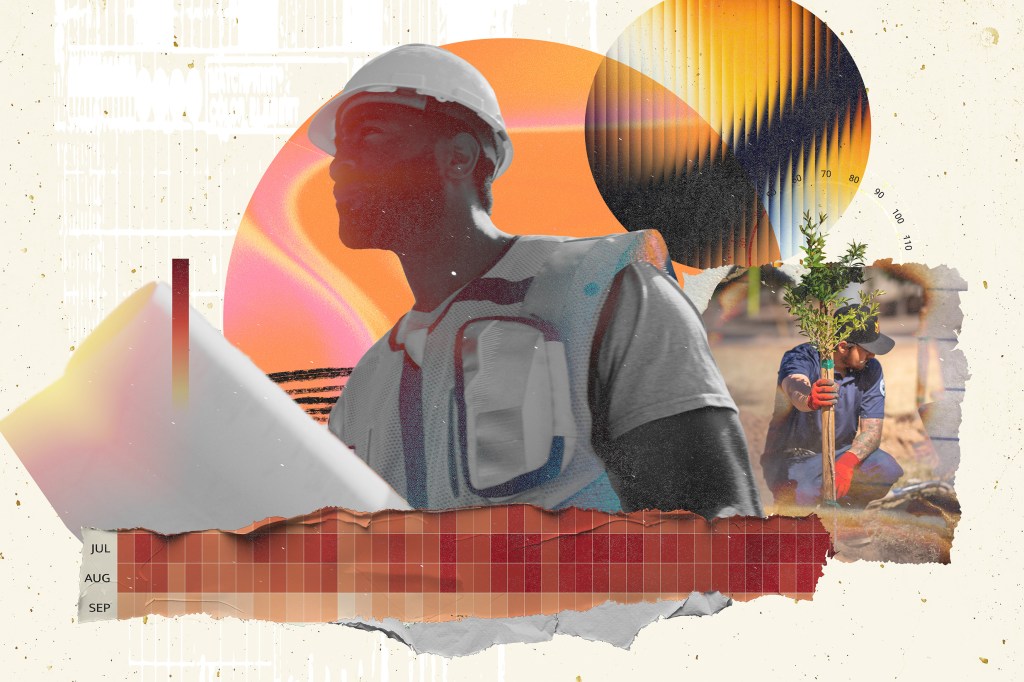
Why Heat?
This summer, tens of millions of workers across America will report to jobsites in the earliest hours of the morning. They will begin roofing, harvesting crops, and transporting goods in the dark, yesterday’s heat still baked into the air around them. Many of them will not be given access to water, shade, or breaks, even as temperatures rise with the sun past 110 degrees Fahrenheit. They will travel home at peak temperatures, sun-worn, dehydrated, and exhausted, and care for their families. Many of them will sleep in rooms without air conditioning, in homes where there is no escape from the heat.
For years, Tony Pineda was one of these workers. Like most of his day laborer and roofing colleagues in Tucson, Arizona, Tony never received training about the dangers of heat exposure or symptoms of heat illness. His employers often failed to provide proper access to water and breaks. And one day, he suffered the consequences: During a shift on a roof, in temperatures well past 100, he started feeling dizzy. His stomach began cramping, and by the time he arrived home, he was near collapse with a migraine, diarrhea, and total exhaustion. He didn’t have health insurance, so he never saw a doctor, but the diagnosis would have been clear: heat illness.
Pineda says now that he was lucky to survive. And he says that day changed his outlook on work: He would no longer risk his life for a paycheck. This, of course, was not a decision without consequences: To protect his life, he lost out on weeks of wages. He had trouble making ends meet before finding new work—and a place in the labor movement. Today, Pineda advocates for health, safety, and agency for other workers as a leader with Tucson’s Josefina Ahumada Worker Center and a recent graduate of the National Council for Occupational Safety and Health’s We Rise! Worker Leadership Academy.
He, indeed, is among the lucky ones. From 2011 to 2020, more than 33,000 workers suffered from job-related heat illness, and nearly 500 died—and those numbers are certainly underreported. More than 70% of these deaths occurred within workers’ first seven days on the job, a consequence of substandard—or entirely lacking—training about heat illness, and non-existent heat acclimatization periods, which gradually increase workers’ heat exposure and tolerance. All of these deaths were preventable.
This summer and in years to come, as the mercury climbs ever higher, we will likely mark many grim new milestones: new hottest days, new record death counts. But the hardest truth is that even though this summer promises to be among the hottest we’ve ever seen, it still might be the coldest one for the rest of our lives.
Heat is the leading cause of weather-related deaths in the United States, and climate change promises only to add to its toll. This crisis demands immediate action, and coordination on every level—beginning with individual workers and their employers, up through workplaces and municipalities, all the way to state and federal regulations. Currently, workers are almost entirely vulnerable to the dangers of extreme heat: There are no federal heat protection standards, and state- and local-level policies are a patchwork. Far too many workers like Pineda are not informed about the risks they incur from working in such heat, nor are they given the resources necessary to protect themselves on the job or at home.
Though these conditions are troubling, essential progress is being made to protect these workers, and philanthropy has a role to play in this change. Meet three Ford Foundation grantees who are solving the challenges of extreme heat and building a new blueprint for a safer, more equitable future across the United States.
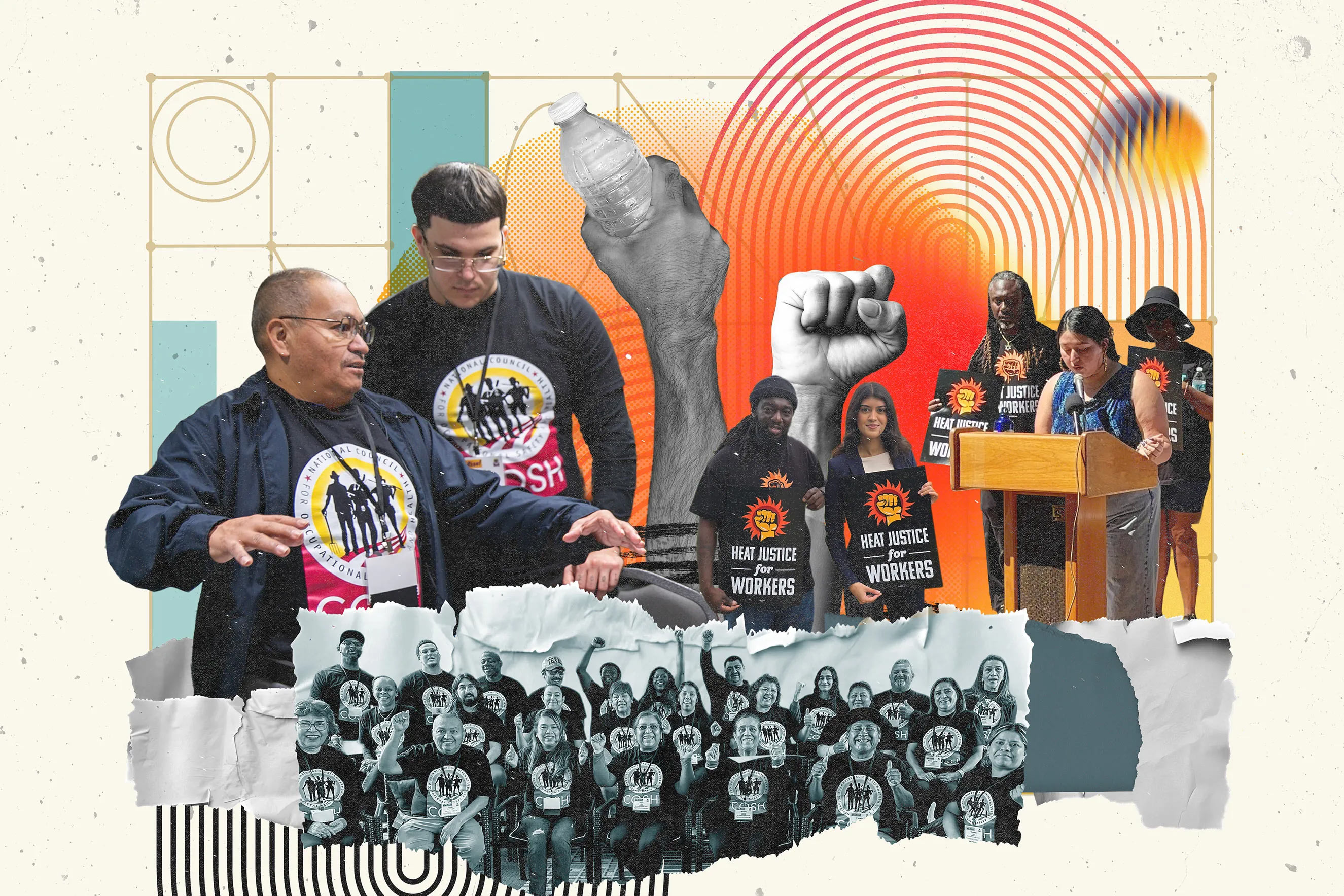
The National Council for Occupational Safety and Health
The National Council for Occupational Safety and Health (National COSH), operates at the intersection of labor and health, supporting workers’ leadership for health, safety, and power and convening a national federation of 25 local affiliates. In recent years, National COSH has worked to address extreme heat as a workplace hazard. Its Fired Up! campaign educates and empowers workers to recognize and prevent heat illness, as well as advocate for safer conditions in their workplaces.
Transcript
[A group of organizers marching and holding a National COSH banner that reads ‘Leading the Fight for Safe and Healthy workplaces!’ Ben Takemoto speaks from a podium, standing in front of four fellow activists holding posters that read ‘Heat Justice for Workers’ in white type with a yellow raised fist that is outlined by a red sun.]
BEN TAKEMOTO: We’re gathered today with a singular powerful message: Heat justice is a human right.
[Jessica Martinez speaks directly to camera in a studio setting against a grey background.]
JESSICA MARTINEZ, executive director, National COSH: At National COSH, we have a national campaign called Fired Up! Workers for Heat Justice.
[Footage of construction and agriculture workers at work in the hot sun.]
JESSICA MARTINEZ: Workers are dying at unprecedented numbers. We know that over 2,000 worker fatalities happened just last year. We want this number to go down.
[Newspaper headline: Extreme Heat Is More Dangerous for Workers Every Year.]
JESSICA MARTINEZ: We believe every worker should have access to a safe and just workplace, and that every worker has a right to go home safe and sound.
[Freddy Pierre speaks from a podium, standing in front of three fellow activists holding posters that read ‘Heat Justice for Workers’ in white type with a yellow raised fist that is outlined by a red sun.]
FREDDY PIERRE: We take these jobs because we want to work, support our family, and rebuild our lives. That doesn’t mean that we should have to risk our health and safety to do it.
JESSICA MARTINEZ: The goals of that campaign is to ensure that every worker organizes, has the support needed, and we are a convener, a strategizer, around issues of heat justice. We know that some workers are not fully aware about their rights, so we do basic training. We bring together worker leaders from across the country who are interested in advocating around health and safety, and in particular, heat. We provide the tools that they need about knowing who OSHA is, knowing about their rights, how they can mobilize, how can they do strategic co-enforcement to ensure that they can talk to their peers and coworkers around health and safety issues.
[Jessica’s interview is covered with footage of various meetings and trainings that National COSH has facilitated with workers. Jazmin Moreno-Dominguez speaks from a podium, standing in front of four fellow activists holding posters that read ‘Heat Justice for Workers’ in white type with a yellow raised fist that is outlined by a red sun.]
JAZMIN MORENO-DOMINGUEZ: We would never ask a surgeon to work without proper PPE, we would never send a firefighter into flames without proper gear, and yet we continue to ask our construction workers, airport workers, warehouse workers to go into work without basic rights such as water, rest, and shade.
JESSICA MARTINEZ: We have a website that also includes tons of resources around heat justice for workers– from how to file an OSHA complaint, to knowing the basics around heat, how to speak to an employer, and make a case for safety around heat. At National COSH, we’re fired up, ready to take action, and mobilize the grassroots to demand this justice.
[Closing animation showcasing two desaturated photos of workers organising around heat justice placed on paper tears and a textured background. The ‘Fired Up! Workers for Heat Justice’ logo in yellow, black, and red, which includes a silhouette of a worker raking a field and another worker sweeping with a broom, dissolves on above the photos.]
Accessibility Statement
- All videos produced by the Ford Foundation since 2020 include captions and downloadable transcripts. For videos where visuals require additional understanding, we offer audio-described versions.
- We are continuing to make videos produced prior to 2020 accessible.
- Videos from third-party sources (those not produced by the Ford Foundation) may not have captions, accessible transcripts, or audio descriptions.
- To improve accessibility beyond our site, we’ve created a free video accessibility WordPress plug-in.
National COSH’s cross-functional work reflects the fact that from public health to economic justice to civic engagement, heat impacts everything. When workers are unsafe, unprotected, or unwell, their ability to do anything else—participate in their communities, support their families, live happy and fulfilling lives—is hampered.
“Our work is not siloed,” said Jessica Martinez, executive director of National COSH. “This is not just a heat issue or a climate issue. It’s intersectional.”
National COSH’s theory of change begins with protecting and empowering individual workers and extends into broader policy advocacy. It was through National COSH’s We Rise! Workers’ Leadership Academy that Tony Pineda learned to, in his words, “lead with purpose.” In the program, he gained the tools to organize, speak out against unsafe conditions, and connect with other worker leaders both throughout the country and at home in Tucson. He has used his role to educate other workers about their rights and how to protect themselves from extreme heat, and with National COSH, he has called for codified protections for vulnerable workers across sectors.
“Most of us are just trying to survive and provide for our families,” Pineda said. “We are not asking for anything extravagant. We are asking for water, shade, rest, and respect. We are asking for training and real protections so we do not have to risk our lives every time we go to work.”
Workers like Pineda are the backbone of local National COSH chapters, which have been instrumental in establishing state-level heat protection standards around the country. They’ve incrementally built a blueprint for policies that respond directly to worker advocacy and establish baseline requirements for safety. As a result, California, Oregon, Washington, Colorado, Maryland, and Minnesota have heat stress standards, with strong campaigns for protections also gaining traction in states including Arizona to New York.
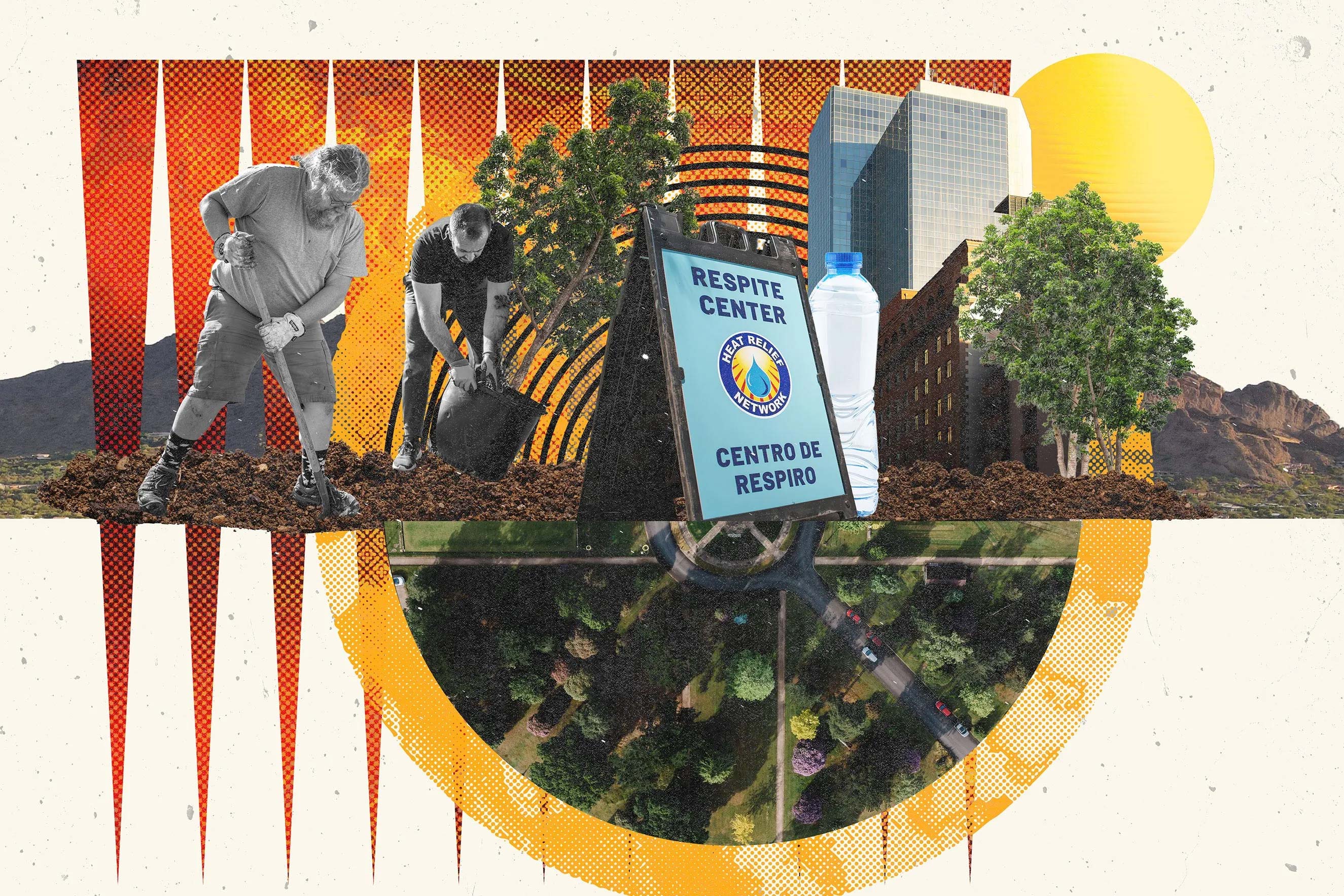
The City of Phoenix
The City of Phoenix, the hottest large city in the country, has rapidly transformed its approach to extreme heat as a priority for public sector planning, response, and investment. City leaders have taken unprecedented steps, including creating the nation’s first publicly funded municipal government office dedicated to work on heat. This office helps lead a coordinated approach involving dozens of city departments and external partners.
In a heat season that can stretch from April through October, the public health impacts are stark. Last year, Phoenix saw 113 straight days over 100 degrees, and heat-related deaths exceeded 600 in the wider Maricopa County in each of the past two summers. Health impacts are amplified by existing socioeconomic inequities; more than half of those who died from heat-related causes in 2024 were experiencing homelessness. Addressing this crisis requires a comprehensive response.
To meet immediate needs, Phoenix opened a 24/7 cooling center last year—the first in the state. City and community leaders recognized that most cooling centers followed regular business hours, but one-third of heat-related 911 calls occurred outside those times. The round-the-clock cooling center provides not just air conditioning but a free, centrally located resource hub for the community, especially those experiencing homelessness. It is staffed at all times by security and trained navigators who help connect visitors with resources, often related to housing.
The program is coordinated by a new, multi-department, unified command team, modeled on national best practices for hazard and disaster response, with leadership from the fire department and Offices of Homeless Solutions, Heat Response and Mitigation, Emergency Management, and Public Health. In 2024, caseworkers connected more than 300 people—including many families—to longer-term shelter. The city saw a 20% drop in heat-related 911 calls compared to the prior year.
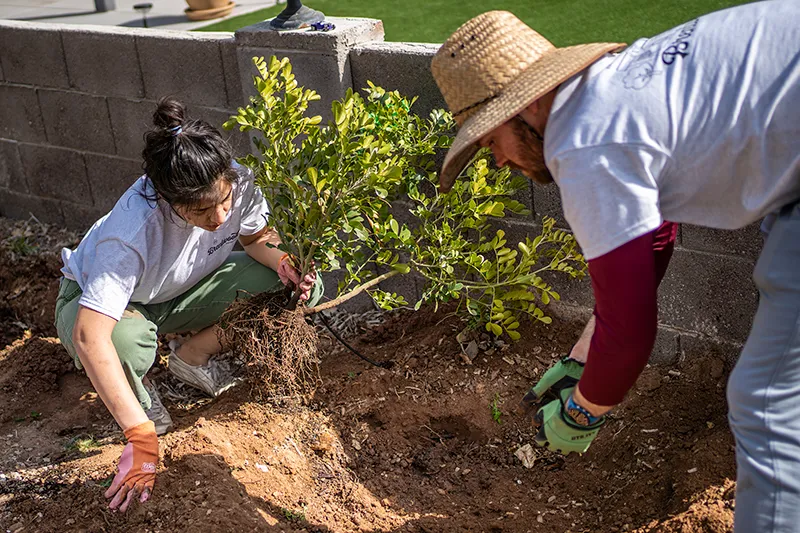
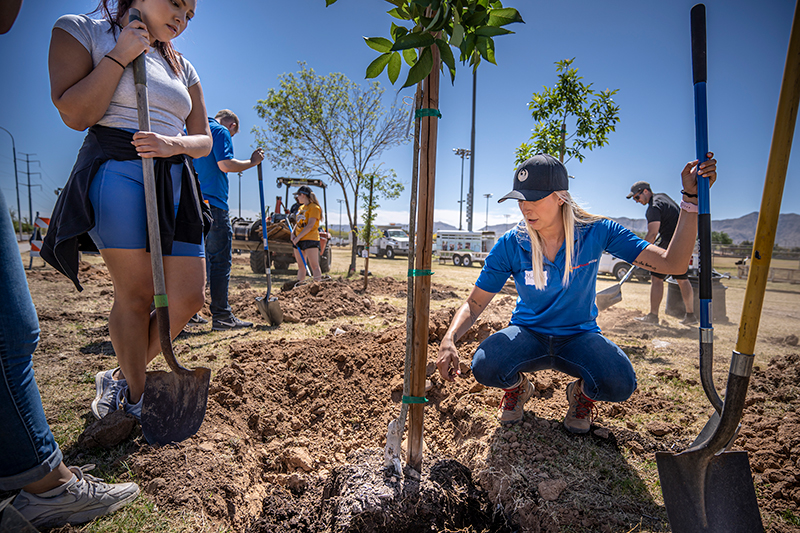
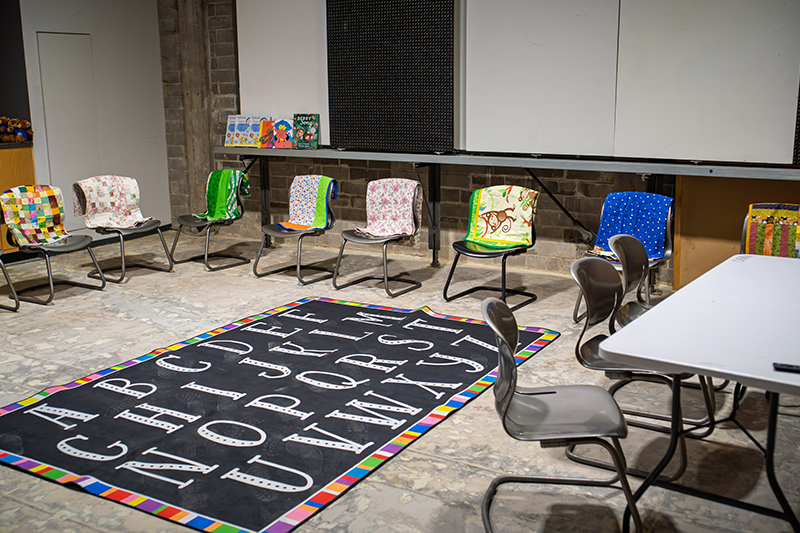
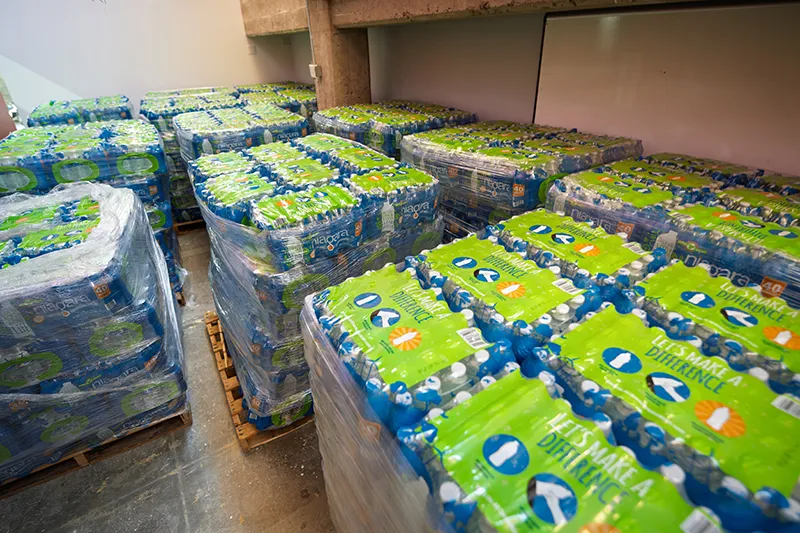
These efforts show that solutions to heat can also address broader challenges. City leaders recognize that heat is not an isolated issue but, instead, intersects with many other contemporary challenges. “There are a lot of moments when the solution to a heat challenge doesn’t feel like a ‘heat solution,’” said David Hondula, an environmental scientist and Phoenix’s director of heat response and mitigation. “We know that short-term response strategies are effective to address heat illnesses and deaths, but the unprecedented investments the city has made in housing and shelter are also a major piece of efforts to become a more heat resilient community.”
Phoenix has made other recent strides. Last year, the Phoenix City Council adopted a new ordinance regarding heat safety measures for employees of city-contracted businesses, an approach now adopted by other Arizona cities. Long-term strategies that have been developed include building shade structures and investing in green stormwater infrastructure, all of which have been central to recent plans and funding.
City officials prioritize community engagement in shaping these efforts. One example is the City’s Community Canopy grant program, which helps residents increase tree coverage on their properties. Thousands of trees have been planted in the program’s first two years, with many more to come through a major federal grant.
Phoenix leaders hope their momentum will inspire action across all levels of government. “Our experience is that the municipal government is incredibly well positioned to lead on extreme heat,” Hondula said. “But we need to be willing to challenge the status quo.”
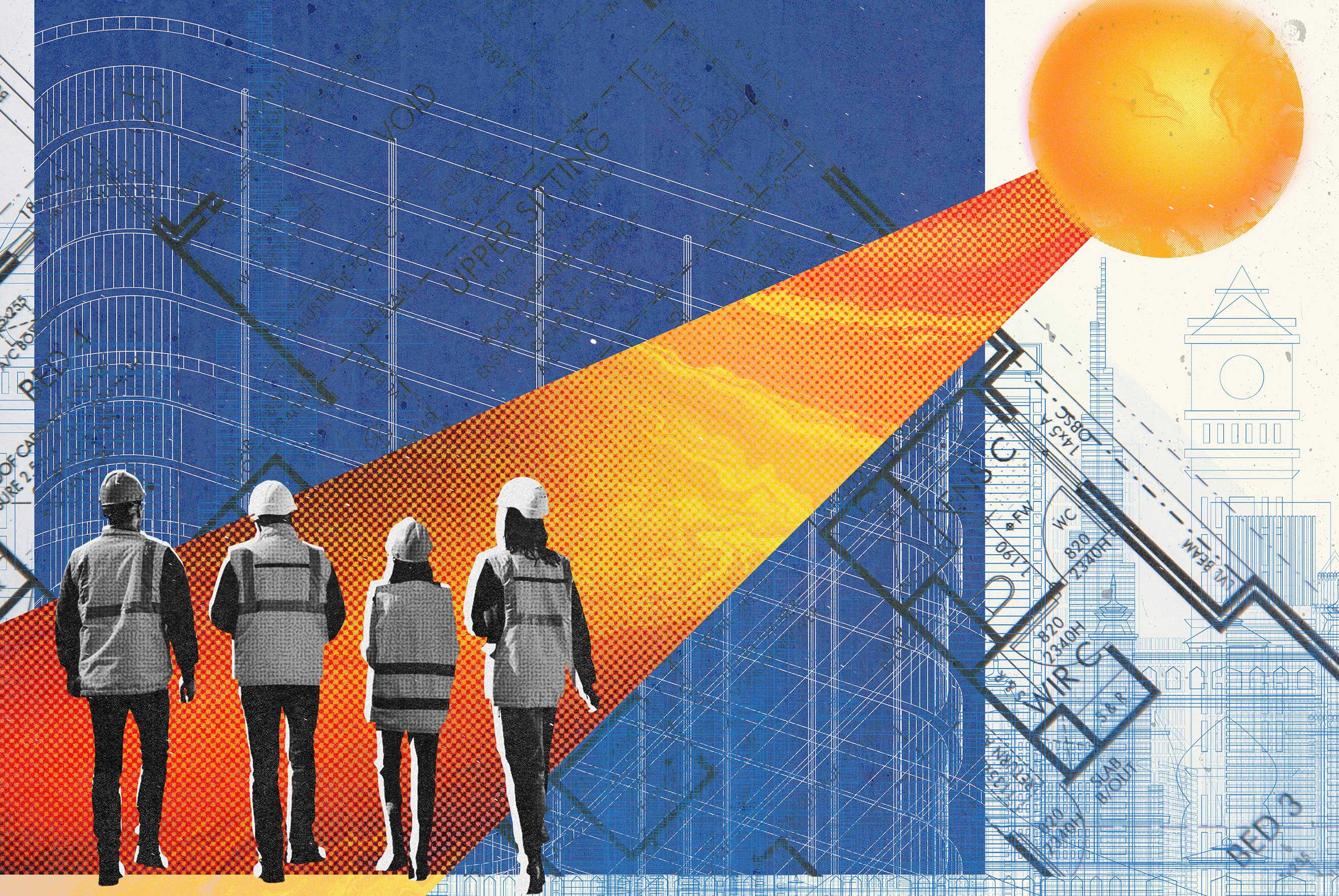
WeCount!
A surge of real estate development is currently transforming Miami’s skyline—and at the same time imperiling construction workers, who work long hours under extremely hot and humid conditions. Florida has the highest numbers of heat-related illness in the U.S., with over 31,000 emergency room visits and hospitalizations between 2018 and 2022 alone. Workers’ rights advocates understand many of these cases to be preventable, and have spent years organizing for local and state heat standards to be codified into law—yet in July 2024, Florida passed a law banning local heat protections for workers throughout the state, forcing advocates to develop new strategies.
WeCount!, a South Florida-based member-led worker organization, has been leading these efforts by making a simple case to private sector employers in industries like construction and agriculture: If these companies want people to work on their projects, they must provide basic heat safety protocols. After many months of engagement and negotiation over a Community Benefits Agreement, WeCount! successfully pushed for a major developer to voluntarily implement a heat safety program—including on-site education, cooling stations, and safety monitoring, all with third-party oversight—for nearly 4,000 construction workers on a $3 billion real estate project.
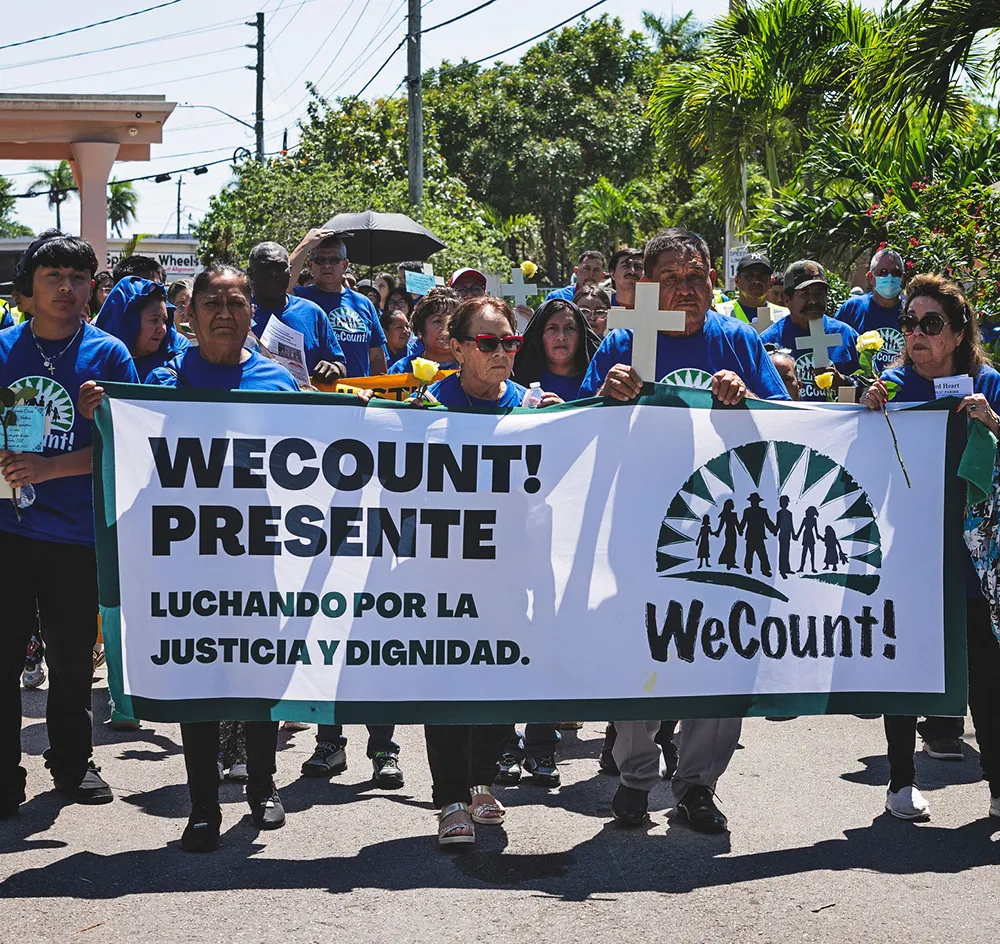
Organizing is hard and it takes time and experimentation, but there are no shortcuts. Whether it’s extreme heat or any other issue that matters to us, we can only win if we organize.
Oscar Londoño
Co-Executive Director
WeCount!
But WeCount!’s success did not start in a board room, or statehouse, or with a significant amount of resources. It started years ago with a room full of workers who gathered on nights and weekends in Homestead, Florida, to launch the Que Calor campaign and organize for a world that seemed impossible. The shaded breaks, hydration stations, and on-site education resources that are now being won on Florida worksites started with workers from different industries who fundamentally believed they deserved better than risking their lives every time they reported to work. Together, they have built a powerful movement. With Build a Better Miami and Planting Justice, WeCount! is continuing to empower workers to win innovative solutions to extreme heat – from the construction sites of downtown Miami to the plant nurseries of Homestead.
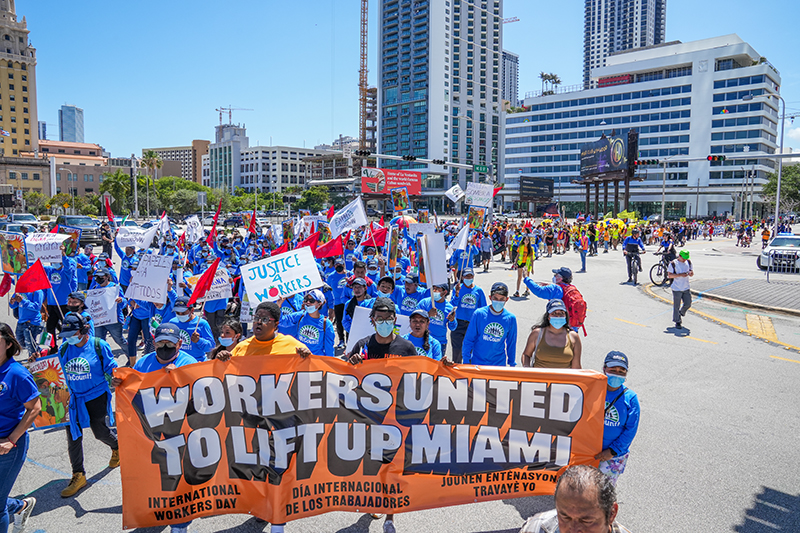
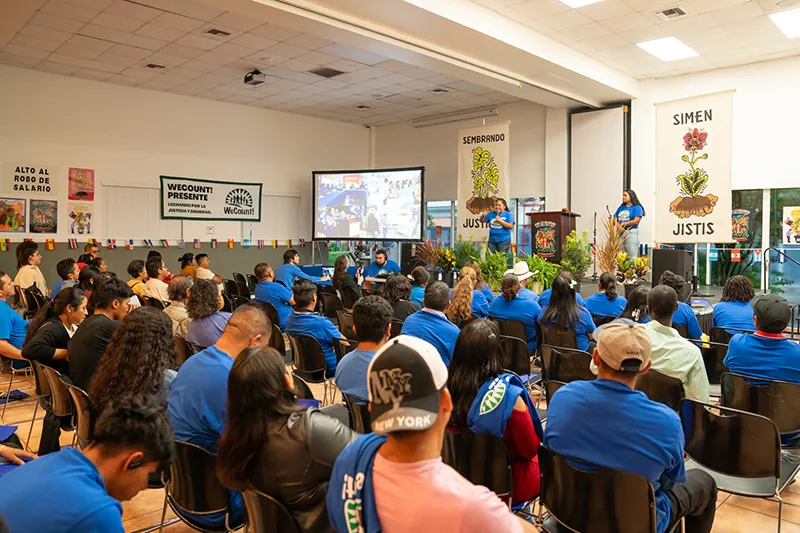
“We believe organizing and base-building is an essential part of our work,” said Oscar Londoño, co-executive director of WeCount!. “If we’re serious about winning campaigns that matter—the kind of campaigns that can change people’s lives and broaden our collective sense of what’s possible—we need to build strong organizations that can bring in thousands of workers and everyday people into our movement. Organizing is hard and it takes time and experimentation, but there are no shortcuts. Whether it’s extreme heat or any other issue that matters to us, we can only win if we organize.”
Philanthropy’s role
Understanding and addressing extreme heat as an issue that impacts every corner of our lives will require more rooms like the one the workers created in South Florida—spaces where people feel empowered to imagine a better world for themselves and their communities, and where they learn the tools to make them real. But as more leaders unite to fight for climate and worker justice, they will learn from the organizers and advocates who are already making inroads on these challenges.
As National COSH demonstrates, empowering individual workers can reverberate across workplaces, communities, and state lines. The City of Phoenix shows us that government can be mobilized for swift and transformative change. And WeCount! demonstrates the power of resilience and relentless creativity in the face of resistance—and the critical importance of following where workers lead.
Indeed, solving the injustices of extreme heat is also a philanthropic responsibility. At the Ford Foundation, we have worked across program areas to address the relentless impacts of this crisis and support those finding and creating solutions. As we endure another brutal summer, philanthropy must step up and think creatively—as grantee leaders and advocates have done before us—about how to support the vital work being done to protect vulnerable communities from heat’s gravest consequences. Because the story of a heat-related tragedy is never just a heat story: it is also a housing rights story, a public health story, a good governance story, a labor rights story, and an economic justice and productivity story. And it is one with a simple conclusion: Extreme heat need not be a death sentence for workers and communities. With enough coordination, organizing, and care, we can build a safer, cooler, and more just world for everyone.
Related Grantees